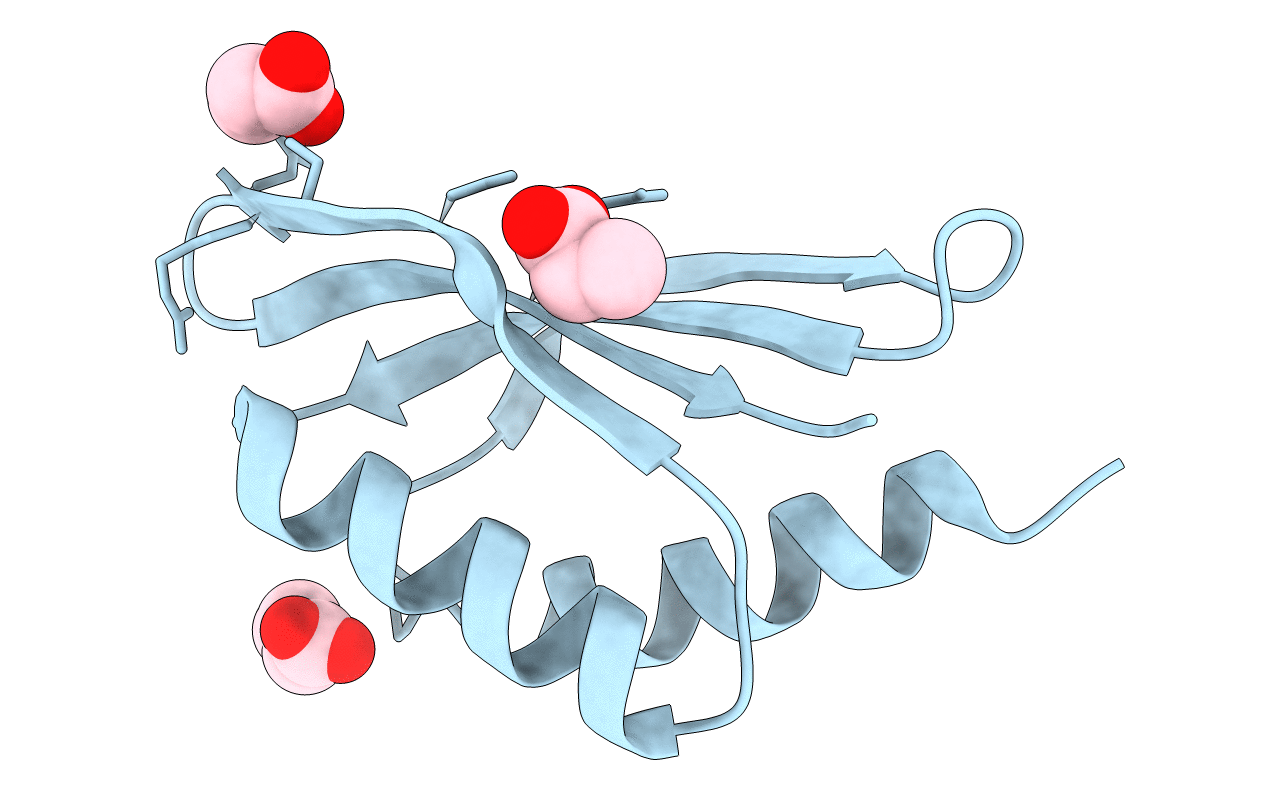
Deposition Date
2017-02-20
Release Date
2018-03-14
Last Version Date
2024-01-17
Entry Detail
PDB ID:
5N7L
Keywords:
Title:
Crystal structure of the periplasmic domain of XcpY, tI crystal form.
Biological Source:
Source Organism:
Pseudomonas aeruginosa PAO1 (Taxon ID: 208964)
Host Organism:
Method Details:
Experimental Method:
Resolution:
2.50 Å
R-Value Free:
0.22
R-Value Work:
0.20
R-Value Observed:
0.20
Space Group:
I 41 2 2


